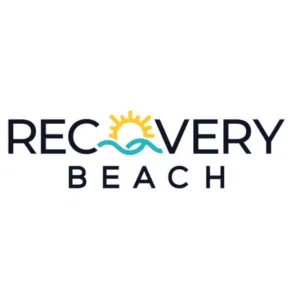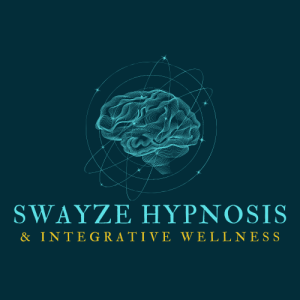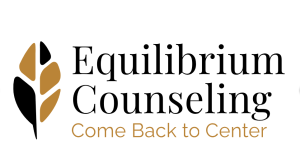Chronic relapse is a term commonly used in addiction to describe a situation where an individual repeatedly returns to substance abuse or addictive behaviors after periods of sobriety or recovery. It is a complex phenomenon that can significantly hinder an individual’s progress toward long-term recovery. This blog post will explore the causes, warning signs, and practical strategies to address chronic relapse.
What is Chronic Relapse?
A relapse in substance abuse refers to the act of resuming substance abuse after abstinence or recovery from substance abuse. Addiction is a chronic, relapsing disorder, so those recovering from substance abuse frequently relapse. In contrast, chronic relapse occurs when a person is stuck in a cycle of treatment, recovery, and relapse.
It is a more serious form of relapse that can lead to long-term physical and psychological damage if not addressed. It occurs because chronic relapse involves returning to substance use after a brief recovery period, which can lead to a cycle of repeated relapse. This cycle can weaken the individual’s ability to remain abstinent for extended periods, worsening their addiction.
Chronic Relapse Statistics
Relapse rates for substance use disorders range from 40% to 60%. Additionally, 60% of people who remain sober for two years after treatment maintain their recovery throughout their lives. A chronic relapser’s need for rehab depends on various factors, including what substance they abused. Alcoholics relapse approximately one out of three times during the first year after becoming addicted. In the first two years after recovery, only 21.4% of alcoholics relapse, and in the third to fifth year, only 9.6% do.
Causes of Chronic Relapse
Chronic relapse can occur due to various factors, including physiological, psychological, and environmental influences. Here are some common causes:
1. Underlying Mental Health Conditions: Co-occurring mental health disorders, such as depression, anxiety, or trauma-related disorders, can contribute to chronic relapse. Individuals may resort to substance abuse as a means of self-medication.
2. Genetics: A person’s genetic makeup can affect their likelihood of engaging in substance use or developing an addiction. For example, research has shown that specific genes may increase an individual’s risk of developing an addiction to alcohol or other drugs.
3. Environment: Exposure to drug use in the home, school, or community can increase the risk of substance use and addiction. For instance, adolescents who have friends or family members who abuse drugs or alcohol are more likely to become dependent on substances themselves.
4. Inadequate Treatment: Insufficient or ineffective treatment can leave individuals ill-equipped to cope with triggers and cravings, increasing the likelihood of relapse.
5. Lack of Support System: A strong support system, including family, friends, and support groups, plays a crucial role in long-term recovery. Individuals may find it challenging to sustain sobriety without a solid support network.
6. Social Influences: Social circles, peer pressure, and the availability of substances can increase the risk of relapse. For instance, if an individual with a history of substance abuse returns to an environment where drugs and alcohol are readily available, the chances of relapse increase significantly.
Warning Signs
Recognizing the warning signs of chronic relapse is essential for early intervention. Here are some indicators to be mindful of:
1. Emotional and Behavioral Changes: Sudden mood swings, irritability, increased secrecy, and isolation from loved ones may suggest an impending relapse. For example, a person in recovery who has previously been very open about their journey may suddenly become distant and begin to keep their thoughts and plans to themselves.
2. Physical Signs: Changes in appetite, sleeping patterns, or energy level can be signs of a relapse. For instance, a person in recovery who previously enjoyed sleeping late and eating out may start sleeping less, eating less, and not participating in activities they used to enjoy.
3. Cognitive Changes: Difficulty concentrating, confusion, and forgetfulness may be signs of relapse. For example, someone in recovery may struggle to remember new information or have trouble following a conversation or television show.
4. Reconnecting with Old Friends or Environments: Returning to old social circles or environments associated with substance abuse can be a red flag for relapse. For instance, if a person in recovery spends time with a previous group of friends they used to drink or do drugs with, they may be more likely to relapse.
5. Neglecting Self-Care: Decline in personal hygiene, disrupted sleep patterns, and neglecting healthy habits are signs of an individual slipping back into addictive behaviors. For instance, an individual may start to become less concerned with their appearance, may be sleeping at odd hours of the day, and may begin to skip meals or consume an unhealthy amount of caffeine or sugar.
Strategies for Addressing Chronic Relapse
While chronic relapse can be challenging, there are effective strategies to address this issue and promote long-term recovery. Here are some key strategies:
1. Comprehensive Treatment Approach: Seek professional help from addiction specialists who can provide individualized treatment plans that address addiction and any underlying mental health conditions.
2. Relapse Prevention Techniques: Learn and practice relapse prevention techniques, such as identifying triggers, developing coping mechanisms, and creating a relapse prevention plan.
3. Building a Strong Support Network: Surround yourself with a supportive community, including loved ones, support groups, and therapists, who can provide encouragement and accountability throughout the recovery journey.
4. Holistic Self-Care: Prioritize self-care activities, including regular exercise, healthy eating, stress reduction techniques like meditation or mindfulness, and engaging in hobbies or activities that promote overall well-being.
5. Long-Term Support: After completing a professional treatment program, continue to seek support and assistance from a support group or a therapist to sustain long-term recovery. 3. Self-Care: Develop healthy habits and activities that can help prevent relapse and provide stress relief.
Takeaway
Chronic relapse can be disheartening, but it is essential to remember that recovery is a lifelong process. By understanding the causes, recognizing warning signs, and implementing effective strategies, individuals can significantly reduce the risk of chronic relapse and work towards a healthier, substance-free life. Long-term recovery is achievable with the proper support and a commitment to self-care.
If you are struggling with addiction, find a mental health practitioner or treatment program in your area today.















